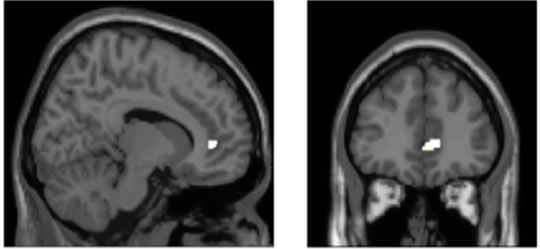
When my son asked me the other day if I’d heard about the new pedestrian walkway in China set up for use only by pedestrians using their mobile phones. I answered, “You have to be kidding!”
But he wasn’t. In a theme park in Chongqing, China a 100 metre long cell-phone walkway has been set up alongside a cell-free walkway with signs written in Chinese and English, encouraging people to use the correct lanes. As someone increasingly fed up at having to dodge pedestrian zombies who walk blindly into people, street signs, light poles and into the traffic, maybe this could help reduce the many collisions or injuries they are causing themselves. Or it might at least help reduce the exasperation felt by those who get frequently bumped into (like me).
It’s fascinating we engage so much in this activity, especially after a survey done by the University of Exeter found that 88% of people disapprove of people texting while walking!
Pedestrian injuries associated with media usage have been increasing at an alarming rate – with hospital admissions doubling over the course of 5 years. That of course doesn’t include the more minor injuries of bumped heads, twisted ankles, bruised shoulders etc. that people don’t seek attention for.
So are distracted pedestrian walkways the answer? Who knows? But what we do know is that media multitaskers show differences in their grey matter that shows up on brain scans.
If you are interested in preserving your own grey matter (or that of any teenage offspring you suspect may engage in this type of activity), you might wish to take heed of the findings of work done at the University of Sussex that revealed reduced grey matter in the area of the brain called the Anterior Cingulate Cortex (ACC) of those who people who engage in greater media multitasking compared to those who use their devices more sparingly. The ACC is important for emotional and cognitive control function. What hasn’t been determined is the chicken and egg question. Does having a smaller ACC lead people to be more affected by more media multitasking? Or does more media multitasking cause a structural change in the ACC? Time and further research may tell.

Meanwhile, I’d be happy to see more such laneways installed everywhere to highlight the dangers of distracted pedestrians and hopefully lead to a reduction of this self inflicted menace.
Multitasking in any form is a no-brainer. It fragments attention, reduces memory, exhausts our pre-frontal cortex and leads to an increase in injury, potentially even death to those undertaking it, or worse still to innocent bystanders.
Is media multitasking the new scourge of public health that smoking used to be?
Ref:
Loh KK, Kanai R (2014) Higher Media Multi-Tasking Activity Is Associated with Smaller Gray-Matter Density in the Anterior Cingulate Cortex. PLoS ONE 9(9): e106698. doi:10.1371/journal.pone.0106698
Photo credit: brain scan image Loh and Kanai (2014)

